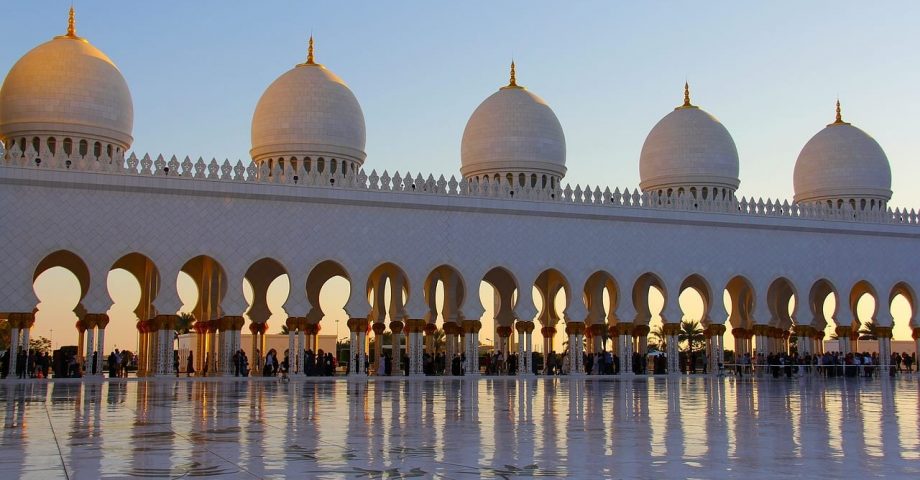20 Marvellous Facts about The Middle East
The Middle East is a wild and vibrant place – full of curious culture, incredible business opportunities, and truly fascinating heritage. Many people are unaware of how thriving some of the bigger cities are in the Middle East. Unfortunately, there have been continuing reports across Western media regarding conflicts between nations out in the region – however, there is still a lot of good to be found out here.
It’s time to explore some fun facts about the Middle East, as well as a few historical titbits worth sharing around.
1. Hamsters have a home here.
Many of the world’s favourite small, fuzzy pets were discovered in the Middle East. Not only is it thought to be the birthplace of the gerbil, it’s also where Syrian hamsters hail from – hence the ‘Syrian’ in their name! These were originally called golden hamsters and were bred for laboratory purposes. Thankfully, they have gone on to enjoy a much more comfortable legacy as popular household pets.
2. The Middle East is a massive startup hub.
There is plenty of innovation and technological research taking place in the Middle East, with many nations and companies taking the charge to help solve problems like the global water crisis. For example, Israel is known for being a hub for water desalination.
3. You can convert mist into water here!
Moroccan research continues into fog conversion and harvesting. This, believe it or not, is where fog and mist is converted into water – who knew this was even possible?
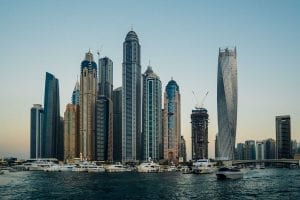
Dubai, UAE
4. Global warming is felt very fiercely here.
The Middle East is a region impacted by climate change and global warming unlike any other. This is thanks to the fact that the dry climate and oil drilling that occurs in the region impact heavily on the local environment. In fact, it’s a region which feels the effects of their impacts on climate change perhaps more so than anywhere else in the world.
5. A Middle Eastern name is the world’s most common moniker.
The Middle Eastern name Muhammad – along with its variations such as Mohammed – is reportedly the most common first name in the world, with around 150 million people bearing the moniker.
6. The region covers plenty of ground.
The Middle East covers islands as well as landlocked countries. For example, it’s host to the arid island of Socotra, found in the Indian Ocean. Technically part of Yemen, it is a group of archipelagos which is home to more than 700 extremely rare species – of both plants and animals. In fact, it’s thought that around a third of the life you’ll find on the island cannot be found anywhere else in the world.
7. No, really!
The Middle East covers a huge amount of ground. It stretches far and wide – and can include some countries at the head of Africa. For that reason, you’ll find that the regional term covers territories such as Egypt, Saudi Arabia, Libya, Oman, Algeria, Iran, Tunisia, United Arab Emirates, Turkey, Syria, Qatar, Palestine, Lebanon, and Israel.
8. The Middle East regularly enters Eurovision.
Israel is the only Middle Eastern country to have won the Eurovision Song Contest, which traditionally accepts European entrants. However, the contest has expanded to welcome countries such as Israel and Australia over the years.
9. Water technology is a must here.
The Middle East is dependent on river irrigation as a result of its intensely hot and dry climate. Therefore, you will likely find agriculture industries lining up around the Nile Delta and the Fertile Crescent.
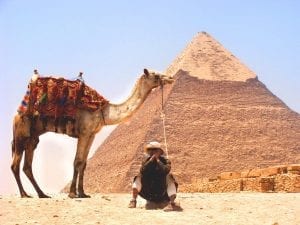
The Great Pyramid, Giza, Egypt
10. It’s the heart of many religions.
The Middle East is regarded as the birthplace of many ancient religions. For example, the origins of Islam, Christianity and Judaism can be found across the region.
11. It’s also a big mocha hub!
Believe it or not, mocha has roots in the Middle East, too. The word for this tasty chocolate coffee drink derives from the Yemen port, which sits next to the Red Sea. The name is said to have stuck as the port of Mocha used to export regional coffee produce across the globe.
12. Refugees can normally find somewhere to stay in the Middle East.
Many countries in the Middle East are among the most refugee-friendly in the world. For example, Lebanon and Jordan have the highest global ratios for refugee to general populace. Countries such as Turkey, too, have high refugee citizenship rates.
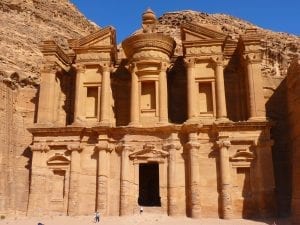
Petra, Jordan
13. New Year can start later here.
New Year is celebrated in some Middle Eastern countries at a different time to the rest of the world. For example, in Iran, it’s common for people to celebrate the New Year as of mid-March, when spring is due to start. This is because many people across the region see the equinox movements to mark the start and end of the year.
14. It’s awash with languages.
There are many languages spoken across the Middle East – among them are English, Arabic, Kurdish, Berber, Persian, Turkish and even French.
15. There wasn’t ‘much room’ for this fungus!
Saudi Arabia was once home to a truly colossal mushroom! Specifically, scientists dug up a fungus that measured 20 feet – and what’s more puzzling is the fact that this breed of fungus is thought to have originally gone extinct hundreds of millions of years ago.
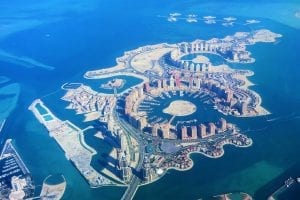
Qatar
16. It’s one of the ‘youngest’ regions.
The Middle East is a remarkably young region, as it’s thought that over 60% of the general population is younger than 25 years of age.
17. Morocco is a tech capital tour de force.
Innovations in Morocco continue – as the country is home to one of the biggest solar power plants in the world. It’s aiming to be the biggest facility of solar power harnessing and production on the globe.
18. Saudi’s started importing fat camels!
Believe it or not, Saudi Arabia has actually started importing camels and sand from Australia! This bizarre fact comes as a result of the Saudi sand being a poor construction material. What’s more, Saudi people don’t tend to enjoy eating their own camels – they prefer eating Australian camels as they tend to be very fat!

Saudi Arabia
19. Arabic has influenced English massively.
Arabic is responsible for a variety of words entering the English language. Words in the language which have entered English vernacular include ‘algebra’.
The language has also had a large bearing on Spanish, too, with around 4,000 different Spanish words having origins in Arabic.
20. The Middle East is a massive crossroads.
Many people refer to the Middle East as the crossroads of the world – it links Europe, Asia, and Africa together, and is a hugely important hub for trade on a global scale – import and export alike.
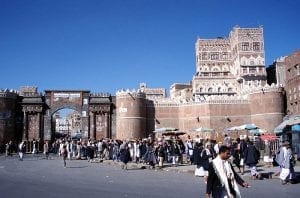
Bab Al Yemen, City Centre, Sanaa, Yemen
FAQs about The Middle East
What are some of the biggest cities in the Middle East?
Some of the biggest city centres you’ll find in the Middle East include Tehran (Iran), Cairo (Egypt) and Baghdad (Iraq).
Why is it called the Middle East?
It’s a term that dates back to the turn of the 20th century. The region is so-called as it sits as the midpoint between Singapore and Egypt.
Is the Middle East the hottest place on Earth?
Not quite - it’s up there, but the hottest temperatures on the planet’s surface were recorded in Death Valley in California, US - temperatures hit a scorching 134 degrees F!
Do you know any fun facts about the Middle East? Share them in the comments below!
This page was last modified on October 28, 2021. Suggest an edit
